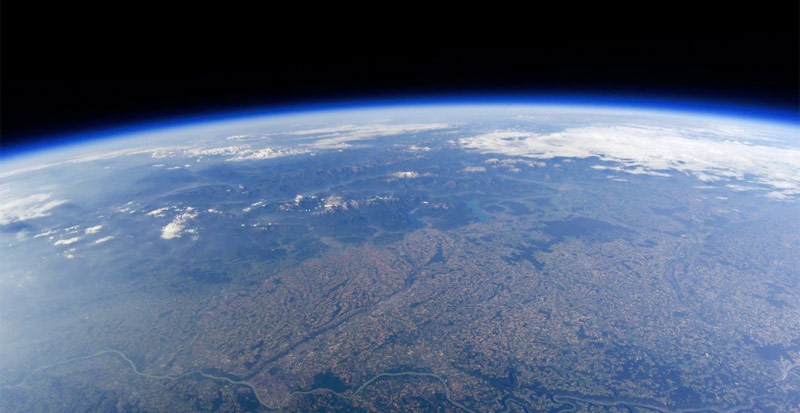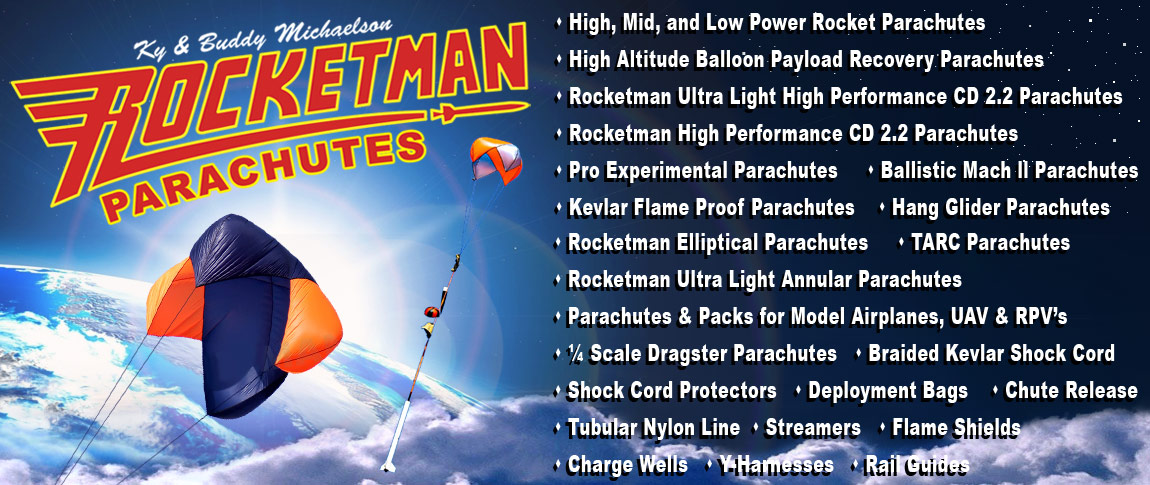
When it comes to tracking a weather balloon, you will want to use a reliable tracker, and Satellite trackers are the best option for monitoring your scientific payload. These trackers are the Spot Gen 3 or 4 GPS ad the Spot Trace. They are designed to be both rugged and trustworthy. Unlike cellphone and APRS trackers, satellite trackers rely on a network of satellites in orbit to receive their position signal. These satellites then relay the signal to a gateway on earth that is connected to the internet. Satellite trackers allow your tracker to work just about anywhere on our planet. As long as your tracker has a clear view of the sky, a satellite in orbit will receive your tracker’s position signal.
There are a few things to keep in mind when using a satellite tracker. A satellite tracker’s antenna must always be pointed at the sky. Many people use Styrofoam coolers as their payload enclosures which tend to roll onto their sides or even upside down when they land. The tracker’s antenna is no longer pointed at the sky, and the satellites in orbit never receive your tracker’s position signal. Many payloads are lost this way. These losses are why we designed our Rocketman HAB System with a low center of gravity. It is almost impossible for our system to roll onto its side or upside down when it lands, plus there is a study platform for the gps to easily zip tie too.
Satellite trackers typically update their position once every 1, 5 or 10 minutes. Satellite trackers also do not use specialized GPS receivers, as discussed above, and therefore usually stop updating above 60,000ft. But do not worry, once the balloon bursts and the payload descends below the GPS lockout altitude, tracking will resume. Even though satellite trackers have a few limitations, no payload should fly without one. If you want to maximize your chance of recovering your payload, use a satellite tracker and use it correctly. It is best not to use Styrofoam cooler payloads as they tip over upon landing.




